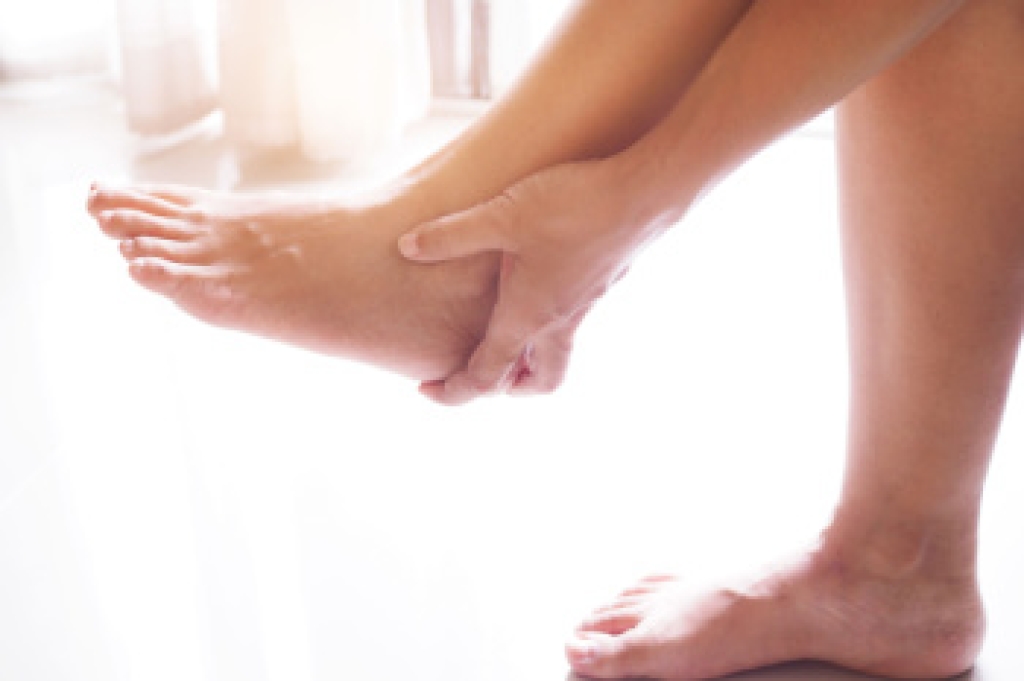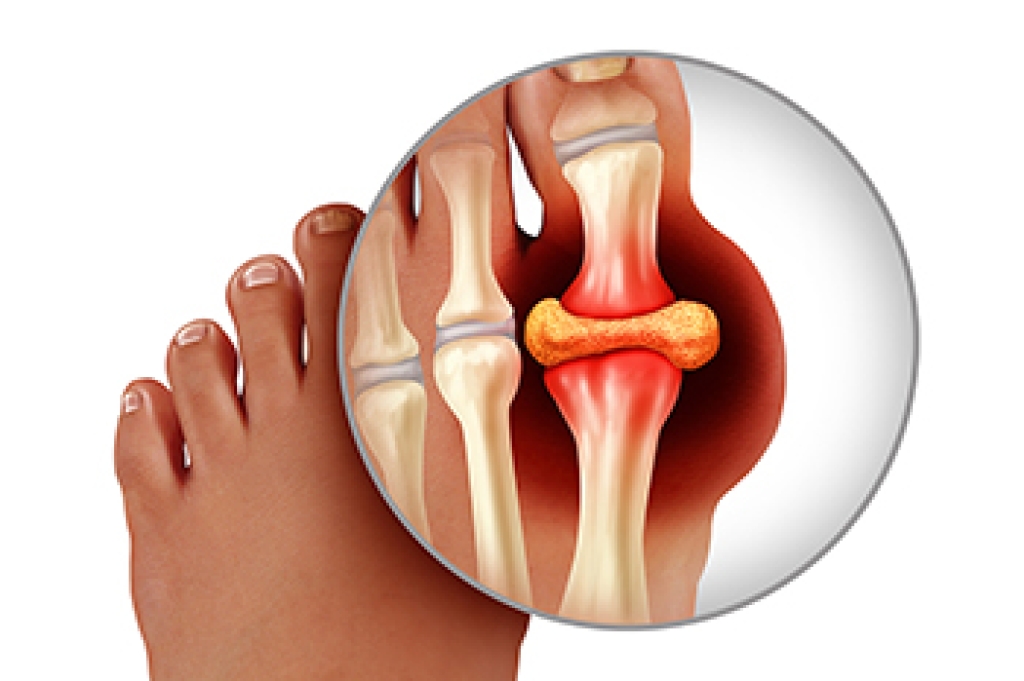
Plantar fasciitis develops when the thick band of tissue along the bottom of the foot becomes irritated, often from repeated strain or limited flexibility in the surrounding muscles. Many people first notice a sharp or pulling sensation near the heel when getting out of bed or after sitting for a while. As the day goes on, the pain may ease, only to return after long periods of standing or increased activity. The condition can appear in anyone, especially those who spend long hours on their feet, have high or low arches, or wear shoes that lack steady support. Addressing the irritation early with stretching, wearing supportive footwear, and activity changes helps prevent the problem from becoming persistent. If heel discomfort continues or begins to interfere with daily movement, it is suggested that you schedule an appointment with a podiatrist for proper guidance.
Plantar fasciitis can be very painful and inconvenient. If you are experiencing heel pain or symptoms of plantar fasciitis, contact Michael Bess, DPM from Florida. Our podiatrist can provide the care you need to keep you pain-free and on your feet.
What Is Plantar Fasciitis?
Plantar fasciitis is the inflammation of the thick band of tissue that runs along the bottom of your foot, known as the plantar fascia, and causes mild to severe heel pain.
What Causes Plantar Fasciitis?
- Excessive running
- Non-supportive shoes
- Overpronation
- Repeated stretching and tearing of the plantar fascia
How Can It Be Treated?
- Conservative measures – anti-inflammatories, ice packs, stretching exercises, physical therapy, orthotic devices
- Shockwave therapy – sound waves are sent to the affected area to facilitate healing and are usually used for chronic cases of plantar fasciitis
- Surgery – usually only used as a last resort when all else fails. The plantar fascia can be surgically detached from the heel
While very treatable, plantar fasciitis is definitely not something that should be ignored. Especially in severe cases, speaking to your doctor right away is highly recommended to avoid complications and severe heel pain. Your podiatrist can work with you to provide the appropriate treatment options tailored to your condition.
If you have any questions, please feel free to contact our office located in West Palm Beach, FL . We offer the newest diagnostic and treatment technologies for all your foot care needs.




